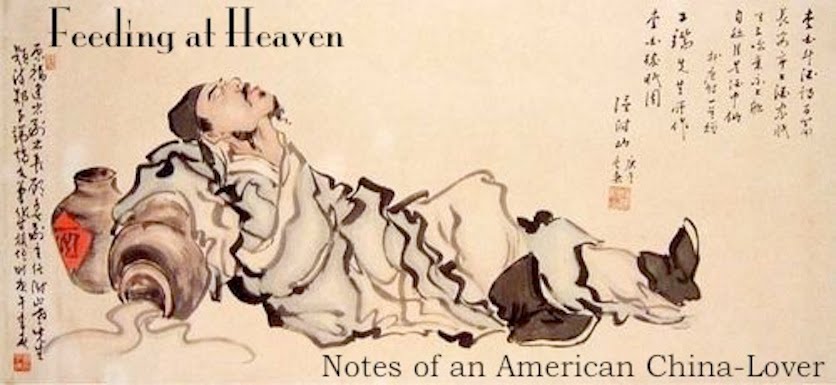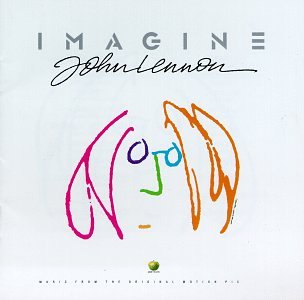The Spirit of 1840 Lives On:
China is passing anti-smoking laws in many public places. British and American Tobacco companies are doing all they can to keep China addicted.
From the New Yorker's Evan Osnos:
Read the rest.
China is passing anti-smoking laws in many public places. British and American Tobacco companies are doing all they can to keep China addicted.
From the New Yorker's Evan Osnos:
"More than one in three smokers worldwide is Chinese, and a million Chinese people die each year from cancer, heart disease, lung disease, and other smoking-related causes. (Secondhand smoke gets credit for another hundred thousand deaths, give or take, every year in China.) But tobacco companies knew they could be doing even better, so, according to internal documents that were disclosed in the course of litigation in recent years, transnational tobacco companies took matters into their own hands. Combing through internal company documents, a team of researchers, led by the Mayo Clinic and published in 2008 by the Public Library of Science Medicine, concluded that cigarette makers launched “a multifaceted strategy for undermining the adoption of restrictions.” How exactly?" [emphasis added]
Read the rest.





